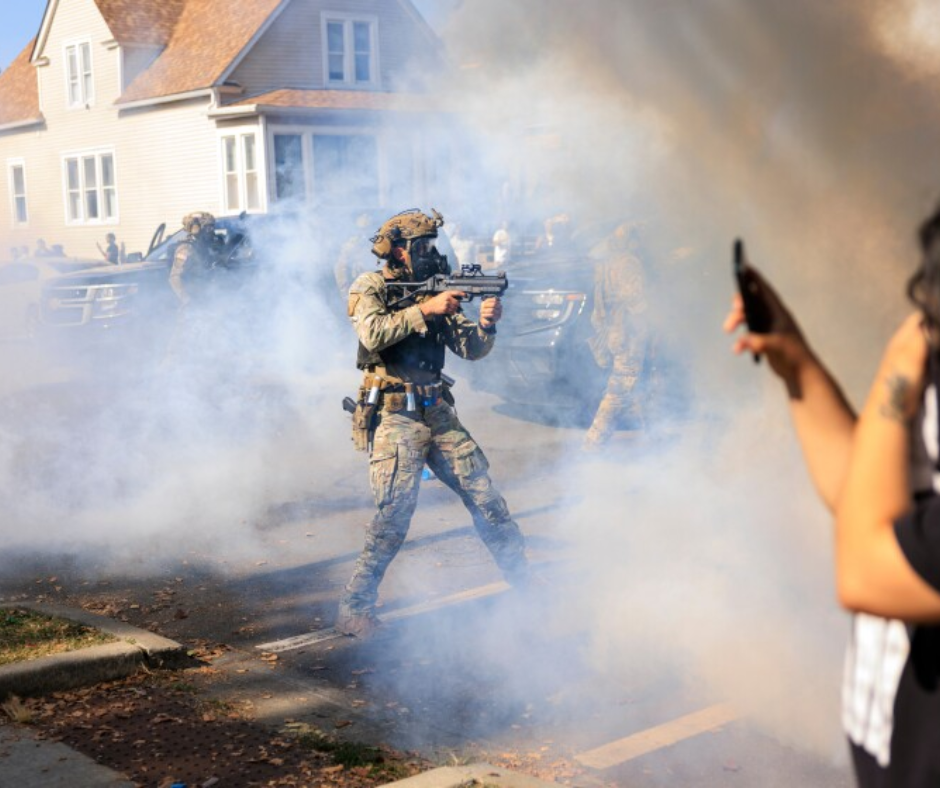
In a sharp twist to ongoing global defense talks, former U.S. President Donald Trump has declared that the United States will send Patriot missile systems to Ukraine—though not at its own expense. As NATO Secretary General Mark Rutte lands in Washington for key discussions, Trump revealed a fresh NATO framework where allied nations will route U.S. weapons to Ukraine and fully pay for them. With Russia’s moves drawing fresh alarm, Trump’s words strike both warning and wit, casting Putin as a smiling bomber and placing Ukraine’s defense in NATO’s calculated hands.
🔴 STORY HIGHLIGHTS
-
Trump confirms Patriot missile systems will be sent to Ukraine via NATO route
-
European Union to fund the shipment fully—U.S. will not bear the cost
-
NATO Secretary General Mark Rutte scheduled to meet Trump in Washington
-
Trump says Putin “talks nice, and then bombs everybody in the evening”
-
Previous U.S. aid shipments halted due to low munitions stockpiles
-
Pentagon resumes support under new structure aligned with “America First” policy
In a significant shift in U.S. defense coordination under the NATO umbrella, former President Donald Trump confirmed that the United States will send Patriot missile systems to Ukraine. The move comes ahead of a high-profile meeting with NATO Secretary General Mark Rutte in Washington, amid evolving discussions on Europe’s security and NATO’s role in the ongoing Ukraine conflict.
Trump’s remarks followed days of speculation about the direction of U.S. military support to Ukraine after previous delays and logistical pauses in shipments. Speaking to reporters on Sunday, the former president indicated that advanced weaponry would be delivered soon, though not directly by the U.S. government in financial terms.
“We basically are going to send them various pieces of very sophisticated military,” Trump explained.
“And they are going to pay us 100 percent for them. And that’s the way we want it.”
This new defense arrangement is set within a broader NATO mechanism, allowing weapons transfers to Ukraine via allied countries, effectively relieving the U.S. of financial responsibility. Trump emphasized that the European Union would bear the cost.
“They do need protection. But the European Union is paying for it. We’re not paying anything for it,” Trump stated, highlighting his stance that American defense efforts should align with “America First” priorities.
One of the key components of the package is the inclusion of the Patriot missile system—a sophisticated air defense tool that has long been requested by Kyiv. Trump did not disclose the exact number of units to be sent but made it clear that Ukraine will receive the aid.
“We will send them Patriots, which they desperately need,” he said.
“Because Putin had really surprised a lot of people. He talks nice, and then he bombs everybody in the evening.”
That remark marked one of the few direct criticisms Trump aimed at Russian President Vladimir Putin during the exchange. He underscored the unpredictability of the Russian leader and raised concern over his recent military actions in Ukraine.
“It’s a little bit of a problem there. I don’t like it,” Trump added.
The announcement followed Trump’s earlier disclosure of a new NATO arrangement. Speaking last Thursday, he explained how this new structure functions.
“What we’re doing is the weapons that are going out are going to NATO,” Trump said.
“And then NATO is going to be giving those weapons [to Ukraine], and NATO is paying for those weapons.”
This framework also arrives in the wake of internal reassessments within the U.S. Department of Defense. According to a report from Politico earlier this month, a Pentagon review—led by Under Secretary of Defense for Policy Elbridge Colby—resulted in the temporary freezing of some military shipments to Ukraine. These included critical items such as Patriot missile interceptors and 155 mm artillery shells. The review was reportedly prompted by concerns over depleting U.S. munitions stockpiles.
In light of those concerns, the recalibrated NATO pathway offers a strategic workaround: keeping U.S. involvement in Ukraine strong without overburdening national reserves or budgets. The move also allows for increased NATO responsibility in delivering support to Ukraine.
Pentagon spokesperson Sean Parnell confirmed that the Department of Defense has resumed military aid under this restructured approach.
“At President Trump’s direction, the Department of Defense is sending additional defensive weapons to Ukraine to ensure the Ukrainians can defend themselves,” said Parnell.
“While we work to secure a lasting peace and ensure the killing stops.”
Parnell also emphasized that military aid decisions continue to be reviewed under the administration’s global shipment framework.
“Our framework for POTUS to evaluate military shipments across the globe remains in effect,” he noted.
“And is integral to our America First defense priorities.”
As Secretary General Rutte arrives in Washington this week, discussions are expected to focus heavily on NATO’s evolving role in Europe, the distribution of security responsibilities among allies, and how new military pathways like this one could reshape defense dynamics in the region.
As global tensions continue to simmer, Trump’s latest declaration underscores a shifting defense posture—one that combines strategic deterrence with transactional clarity. By pledging Patriot missiles to Ukraine through NATO channels and placing the financial weight on European allies, the former president reinforces his “America First” mantra while addressing escalating threats in Eastern Europe. His pointed remarks on Putin’s duplicity add a dramatic edge to the evolving narrative, signaling that in the chessboard of geopolitics, both words and weapons remain powerful tools of persuasion.
We appreciate you taking the time to read our most recent article! We appreciate your opinions and would be delighted to hear them. We value your opinions as we work hard to make improvements and deliver material that you find interesting.
Post a Comment:
In the space provided for comments below, please share your ideas, opinions, and suggestions. We can better understand your interests thanks to your input, which also guarantees that the material we offer will appeal to you. Get in Direct Contact with Us: Please use our “Contact Us” form if you would like to speak with us or if you have any special questions. We are open to questions, collaborations, and, of course, criticism. To fill out our contact form, click this link.
Stay Connected:
Don’t miss out on future updates and articles.








